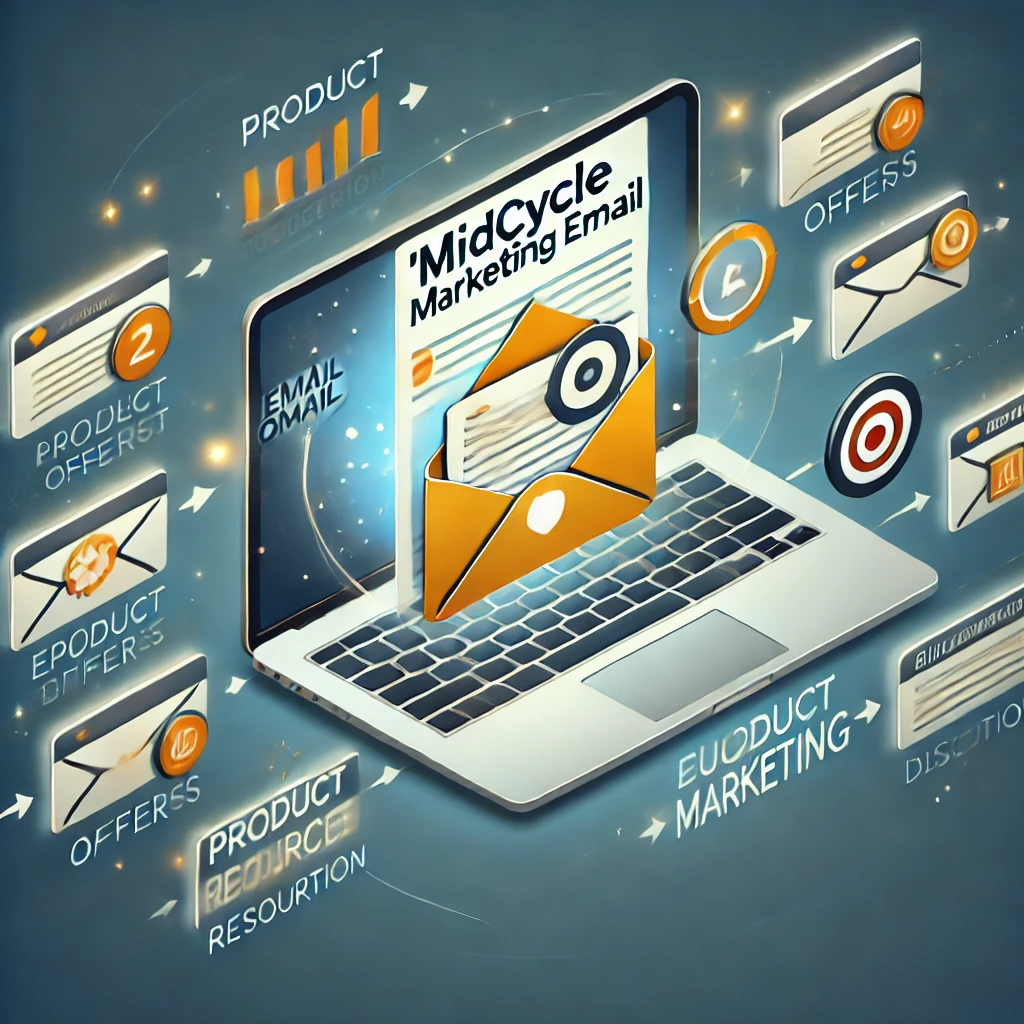What is a Midcycle Marketing Email? A Complete Guide to Boost Engagement and Sales
In today’s fast-paced digital world, email marketing continues to be one of the most powerful tools for businesses to connect with their audience. Among the various types of emails, midcycle marketing emails stand out as an essential strategy for keeping your customers engaged and moving them through the buyer’s journey. But what exactly is a midcycle marketing email? How does it differ from other types of emails? And more importantly, how can you leverage it to boost engagement and drive sales?
In this comprehensive guide, we’ll dive deep into midcycle marketing emails, exploring what they are, how they work, and actionable strategies to implement in your email marketing campaigns.
What is a Midcycle Marketing Email?
A midcycle marketing email is a strategic communication sent during the middle of a customer’s journey, after the initial contact but before a final purchase decision. It plays a crucial role in nurturing leads, providing relevant information, and addressing potential pain points, ultimately helping to guide prospects closer to conversion.

Unlike welcome emails that greet new subscribers or transactional emails that confirm purchases or bookings, midcycle marketing emails focus on keeping your leads engaged. These emails bridge the gap between the awareness and decision stages, building trust, delivering value, and reinforcing why the prospect should choose your product or service.
The Purpose of a Midcycle Marketing Email
The primary purpose of midcycle emails is to nurture relationships with potential customers. When someone subscribes to your list or shows interest in your product, they’re often not ready to make an immediate purchase. They may need more information, reassurances, or even a nudge in the right direction.
Midcycle emails help to:
Educate and inform: Provide valuable content, product insights, or case studies to address the needs of your audience.
Build trust: Keep communication consistent to remind leads why they engaged with your brand in the first place.
Address objections: Offer solutions or testimonials that counter common concerns.
Drive engagement: Encourage further interaction through personalized offers, event invitations, or content tailored to the user’s preferences.
These emails also allow marketers to segment and target their audience more effectively, ensuring that each lead receives content that is relevant to their stage in the buying process.
Key Characteristics of Midcycle Marketing Emails
To better understand what makes midcycle marketing emails so impactful, it’s essential to recognize their key characteristics:
1. Targeted to the Middle of the Funnel (MOFU)
Midcycle emails are primarily aimed at the middle of the marketing funnel, often referred to as MOFU. At this stage, your leads are aware of their problems and are actively seeking solutions but may not have fully committed to a particular product or service. The goal is to move them to the next phase of the funnel by providing them with the information they need to make a more informed decision.
2. Personalized Content
The midcycle stage is a critical point for personalization. Leads at this stage are more likely to engage with content that speaks directly to their interests or concerns. Using data gathered from their interactions with your website, product pages, or previous emails, you can craft personalized messages that address their specific needs and pain points.
For example, if a user has shown interest in a particular feature or product category, your email can highlight benefits and offer additional resources such as comparison guides or testimonials from other customers.
3. Value-Driven
While the goal of any marketing email is ultimately to drive conversions, midcycle emails are more focused on delivering value rather than directly pushing for a sale. This can be in the form of educational content, free trials, or exclusive insights that will help the lead make a more informed decision.
It’s important that these emails don’t come across as too salesy. Instead, they should foster a sense of trust and provide the recipient with something useful.
4. Interactive Elements
Including interactive elements such as polls, surveys, or clickable content (e.g., “Choose your favorite product feature”) can significantly boost engagement. These features not only make the email experience more dynamic but also give you valuable insights into what your leads care about, allowing you to further personalize future communications.
Types of Midcycle Marketing Emails
Depending on your business model and the behavior of your customers, there are several different types of midcycle marketing emails you can send. Here are a few of the most common:
1. Educational Emails
These emails provide in-depth knowledge on a subject related to your product or service. For example, a SaaS company could send a tutorial or a “how-to” guide about a particular feature, while an e-commerce store might share a detailed buyer’s guide.
These emails should aim to position your brand as a trusted expert, solving common pain points and answering questions before the customer even thinks to ask them.
2. Case Studies or Testimonials
A powerful midcycle email can include real-life examples of how your product or service has benefited other customers. Case studies and testimonials can be particularly persuasive for leads who are on the fence, offering social proof that your solution has worked for others in a similar situation.